Victoria’s $3.25 billion flagship electricity transmission project, the Victoria-New South Wales Interconnector (VNI) West transmission line that will link the high-voltage electricity grids in both states is a step closer after the minister responsible signed off on an order to advance its development.
Victoria Energy Minister Lily D’Ambrosio confirmed she has signed a ministerial order to progress the Australian Energy Market Operator’s (AEMO) preferred route for the proposed 500 kV double-circuit overhead transmission line that will connect to the EnergyConnect project in NSW and the planned Western Renewables Link (WRL) in Victoria.
“Progressing critical transmission projects like VNI West is necessary to deliver cheaper, more reliable renewable energy to Victorian homes and businesses,” D’Ambrosio said in a statement. “There can be no energy transition without new transmission infrastructure. As Victoria moves towards 95% renewables by 2035, we have a duty to modernise our electricity network.”
AEMO Victoria Planning (AVP), which is developing the project in conjunction with network company Transgrid, is now working to finalise the route for the VNI West project after outlining the preferred option and a geographic area of interest for the transmission link in the Project Assessment Conclusions Report (PACR).
The preferred option, Option 5A, would connect the VNI West to the WRL at a terminal station at Bulgana in Victoria’s west, then link up with a substation near Kerang in north central Victoria before crossing the Murray River north of Kerang, linking to the EnergyConnect line at Transgrid’s Dinawan substation north of Jerilderie in NSW.
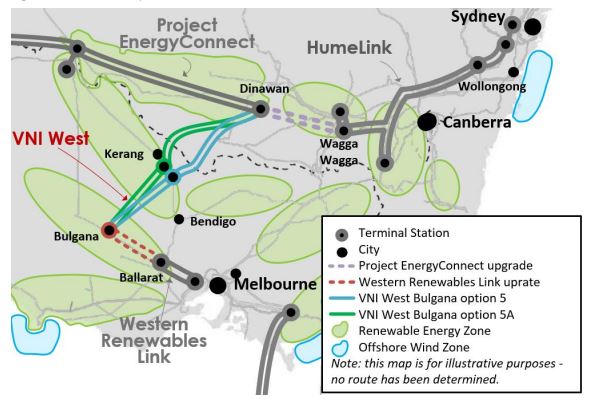
Image: AEMO
AVP Group Manager Nicola Falcon said the preferred option has reshaped where VNI West crosses the Murray River, with the final option adjusted to reflect stakeholder feedback identifying constraints around culturally and environmentally significant areas as well as zones of irrigated agriculture.
“Feedback received has helped us identify a preferred option for the critical transmission line – a variant of the previously proposed option – that delivers the most benefits for consumers and more electricity generation from three REZs in Victoria and NSW,” she said.
“By crossing the Murray River further north-west, the project can also avoid some sensitive cultural areas and prime irrigation land identified in feedback from local communities.”
AVP said the preferred option also harnesses more renewable generation than the previously proposed option, allowing for an estimated 3.4 GW of renewable generation to be built across the solar-rich South West NSW, Murray River and Western Victoria renewable energy zones (REZs).
Identified as a core component and priority project in AEMO’s 2022 Integrated System Plan, VNI West has the potential to add 1.93 GW of electricity export capacity from Victoria to NSW, and 1.67 GW of electricity import capacity from NSW to Victoria, improving the reliability and security of electricity supply as ageing coal-fired power stations are retired.
It has however attracted widespread opposition with more than 500 submissions received in response to a call for stakeholder feedback on the project with some critics labelling the project a “monumental mistake”, claiming it would be easier to upgrade existing transmission lines and that the project could triple transmission charges.
Communities and landowners in the affected areas have also raised concerns about disruptions during construction of the transmission towers and lines, ongoing impacts on the environment and farming operations, and negative effects on land values.
In a bid to smooth the way for the project, the state government has announced it will offer private landowners $8,000 per year for 25 years for every kilometre of land over which they allow transmission lines to be installed and AEMO said consultation with potentially impacted landholders will now intensify as they seek to refine the route, with a focus on minimising impacts on landholders, the environment and farming.
While the VNI West project still requires relevant planning and environmental approvals, AEMO said a new company, Transmission Company Victoria (TCV) has been established to undertake early works in Victoria, including community, landholder and traditional owner consultations and ongoing investigations into the corridor and ultimate route.
This content is protected by copyright and may not be reused. If you want to cooperate with us and would like to reuse some of our content, please contact: editors@pv-magazine.com.
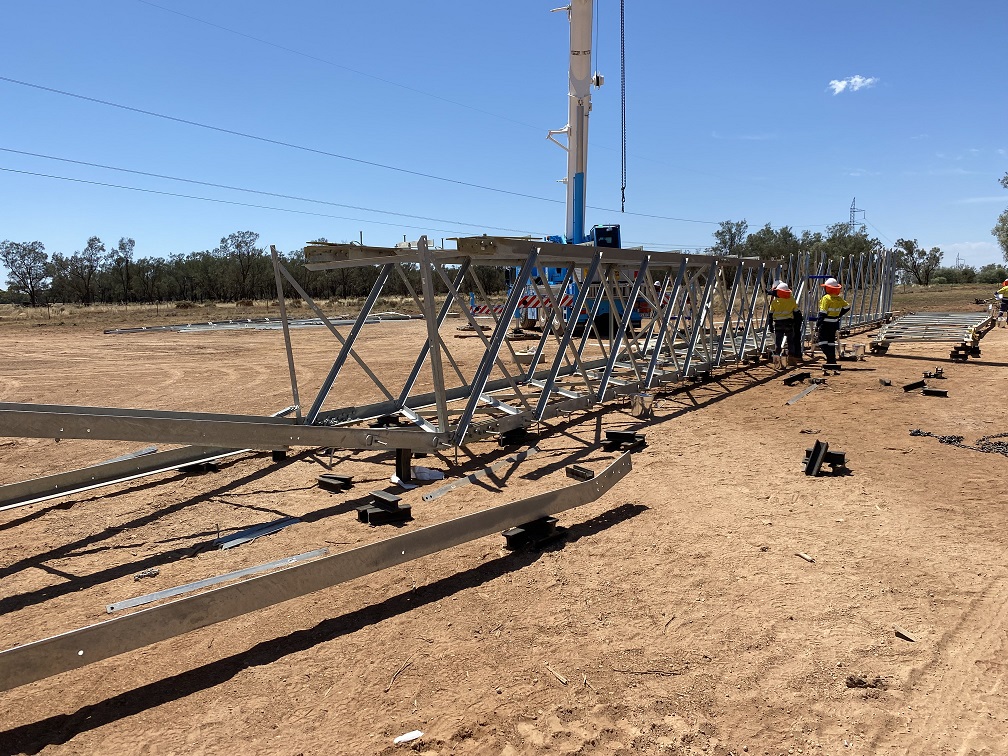
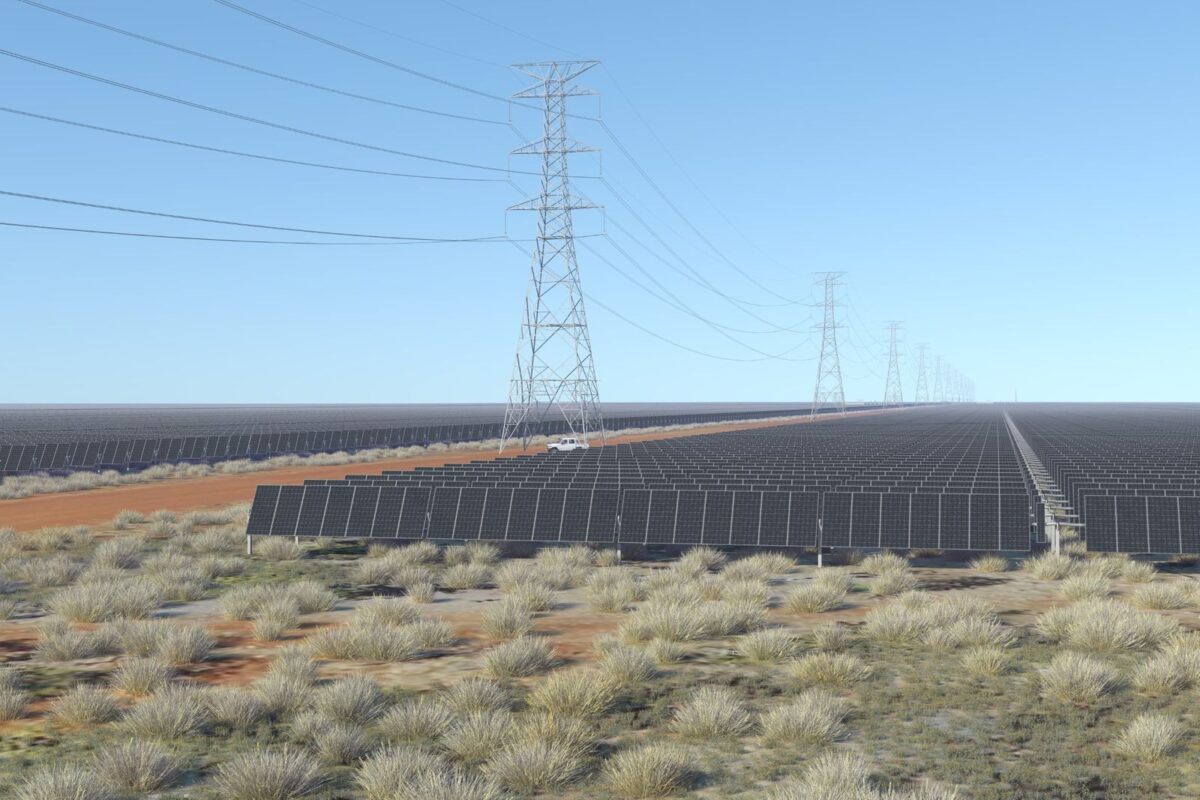
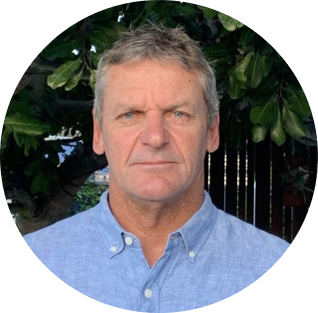

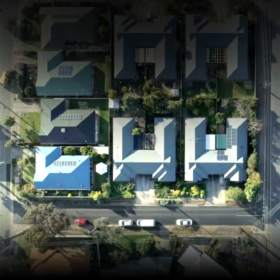
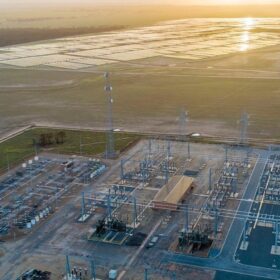
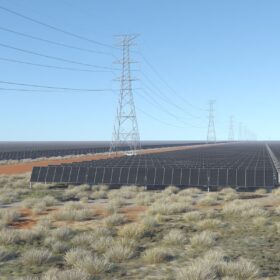
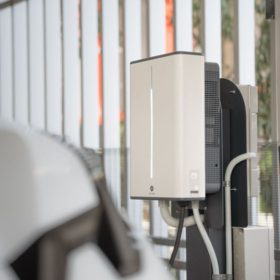
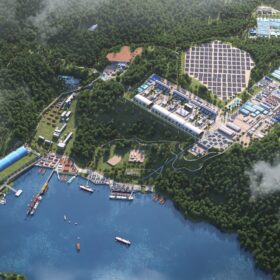
As someone affected by these transmission lines it is the extraordinary existing road and rail reserves owned by the Australian taxpayer are not being used with their detailed geotechnical information easily available.
This farming land is being acquired in a compulsory manner and then being handed over to a private company who will charge the electricity user. It is not clear that there is any financial benefit to the users of electricity but there is a clear benefit for the private transmission company. The money paid to the farmers will be passed through onto electricity bills.
There is no limits set on the cost of these easement as a reasonable rate of return. There is provision for the reversion of land rights to the owners after the transmission asset has been fully depreciated.
This is the US model of transmission easments being applied in Australia which
If AEMO are so sure of their economic modelling then they should publish it in detail.
Perhaps they used Price Waterhouse Cooper as their advisors. Unfortunately here is no financial tranparency.
I look forward to hearing more financial details of this transmission and the heavy users of electricity in Victoria and why the Australian residential taxpayer should subsidise and pay for another transmission line.
Than you